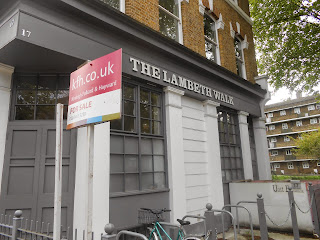
The young chap to the right of the photo is Jan. Last night, at a private meeting in Antwerp, he had an absolutely riveting story to tell.
Jan was extremely tired, but in astonishingly good spirits given the fact that he had just travelled more than 2000 km from the front line in the Donbass region of Eastern Ukraine without rest.
He is one of a considerable number of Belarusian volunteers fighting alongside Ukrainian forces against the Russian aggression. The heavy weaponry, including Main Battle Tanks, that the volunteers are coming up against are Russian. Many of the forces they are fighting are serving Russian soldiers. Russian casualties have been very high, but in Putin's Russia it is now a criminal offence for even the families to discuss this.
His reason for fighting was simple. He realised after the attacks on Chechnya that Russia intended to swallow up it's neighbours. He was, of course correct, and he is not the only one to voice concerns. President Lukashenko of Belarus recently asked Putin "will we be next?".
In 2008 Russia invaded Georgia on the pretext of protecting the interests of the Russian speaking communities. Russian forces still occupy two Georgian regions.
Failure of the west to react gave the green light to Putin, and in February 2014 he sent his troops into Crimea, illegally annexing Ukrainian territory. Now his troops are in Eastern Ukraine, and as we learned recently, 20 000 more Russian soldiers are currently on their way.
There has also been at least one incursion into Estonia, a NATO member.
There are also Russian troops in Moldova, an aspiring EU member state.
EU and NATO airspace is being violated by Russian military aircraft.
Russian submarines have been operating in British and Swedish waters.
Our friend shared with us fascinating stories about the tactical situation on the ground, and about his own unit, which obviously cannot be shared publically.






































